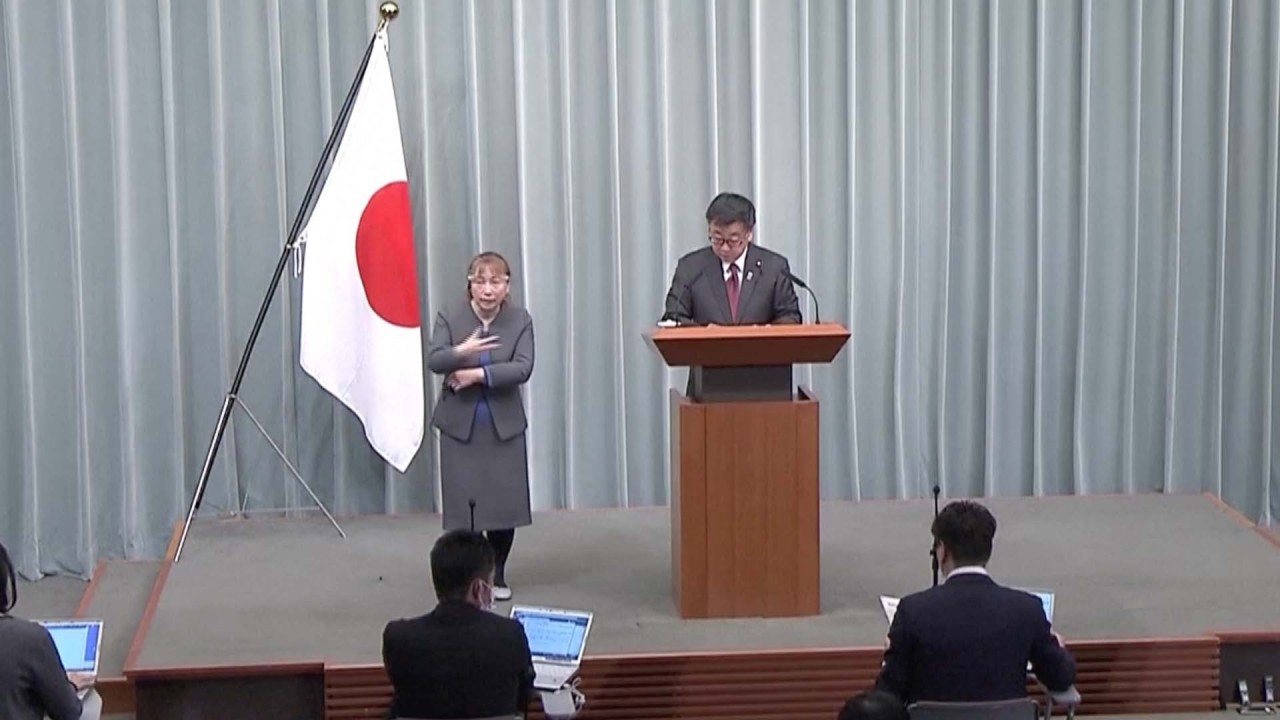
Chinese, US militaries resume maritime safety talks after last year’s no-show
- US urged to stop sending ships and aircraft to the South China Sea, which China says is ‘the source of Sino-US maritime and aerial security risks’
- The 2020 meeting had been cancelled, with the US saying China had not turned up and the Chinese navy saying the Americans caused it not to happen
The MMCA is designed to strengthen military maritime safety and reduce risks between the American and Chinese forces, including in the South China Sea.
At this year’s meeting, the two militaries reviewed the implementation of the Rules of Behaviour for Safety of Air and Maritime Encounters, signed in 2015, and discussed “measures to improve China-US military maritime safety”.
China said on Thursday that the “fundamental solution” to prevent military risks was for the US to stop its operations in waters claimed by China.
“The prolonged and intensive reconnaissance and exercises by the US military ships and aircraft and their frequent provocative activities are the source of Sino-US maritime and aerial security risks,” Tan said.
“Cessation of hostile naval and aerial operations by the US is the fundamental solution to the Sino-US military security issues.”
South China Sea: the dispute that could start a military conflict
Tan also rejected the US’ decision to help Australia to build nuclear submarines under the Aukus alliance, which also involves the UK, saying it would lead to a risk of nuclear proliferation in the Indo-Pacific region.
The US had expanded its military deployments around the world, and that had resulted in chaos facing other nations, Tan said, citing Afghanistan as an example.
The US Indo-Pacific Command said in a statement released after the meeting that the MMCA meetings served as a “guardrail” to reduce the risk of military encounters in the air and at sea and help the two countries to responsibly manage their competition.
“During the MMCA 2021 meetings, both US and [Chinese] officials discussed sustaining maritime and aviation operational safety and professionalism; reviewed safety-related events; and discussed implementation and assessment of the Rules of Behaviour for Safety of Air and Maritime Encounters Memorandum of Understanding,” the US statement said.
The US has long criticised China’s broad territorial claims in the disputed waters of the South China and East China seas, which are opposed by other countries in the region.
The American military flew a record number of spy planes over the South China Sea in November, according to Chinese think tank the South China Sea Strategic Situation Probing Initiative.
The US also expanded its flight range last month by sending a patrol aircraft over the Taiwan Strait that came within about 16 nautical miles (29km, 18 miles) of China’s territorial waters, the think tank reported.
Meanwhile, the PLA has in recent months also sent record numbers of planes into Taiwan’s air defence zone.


